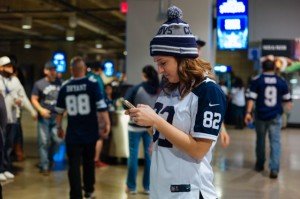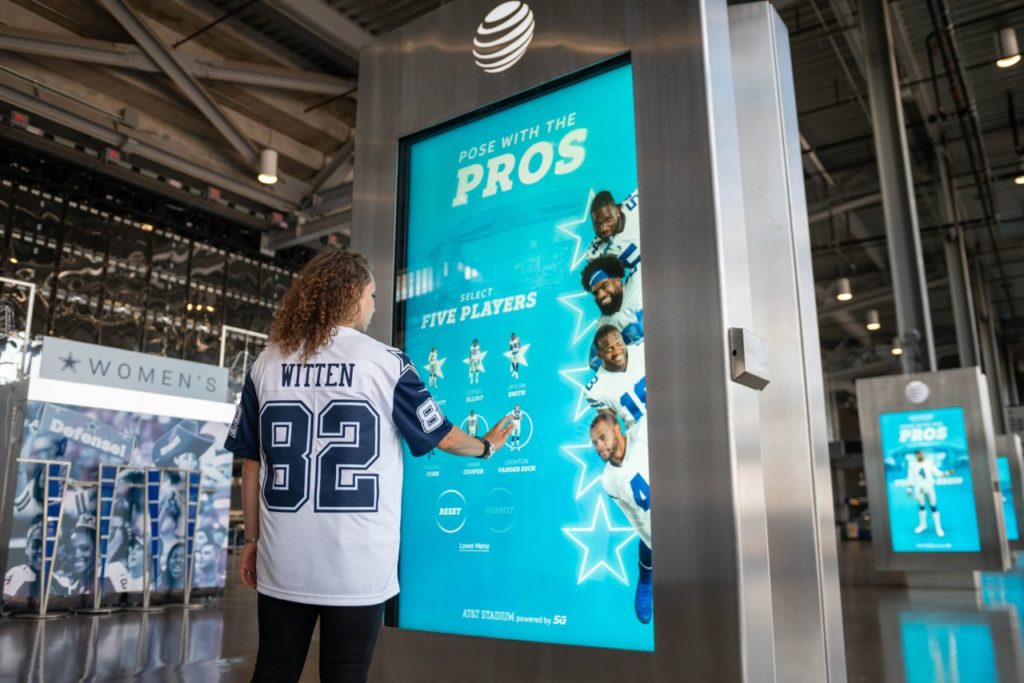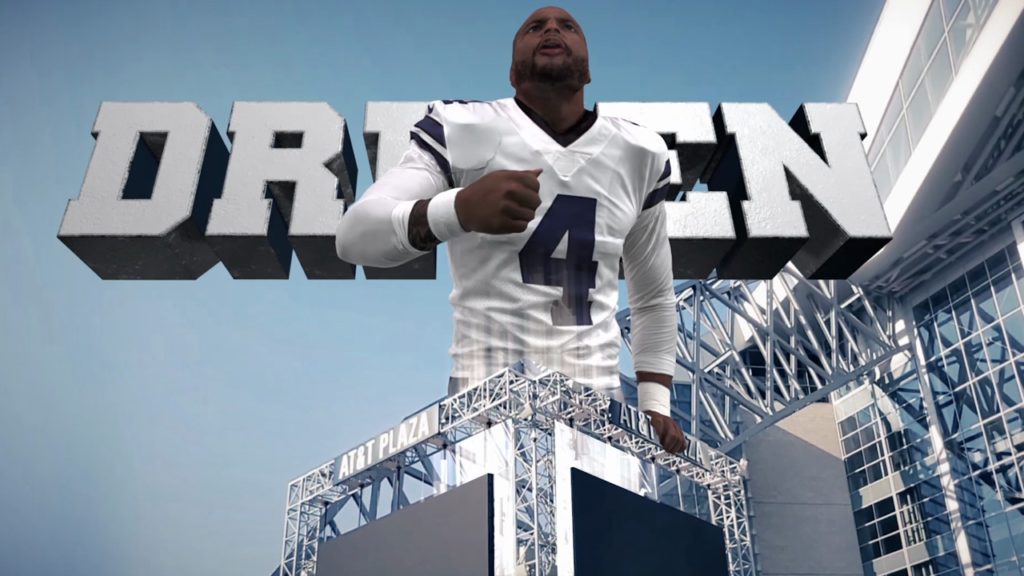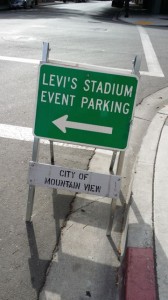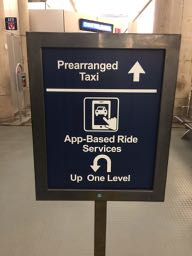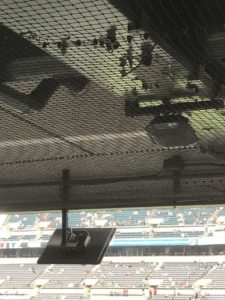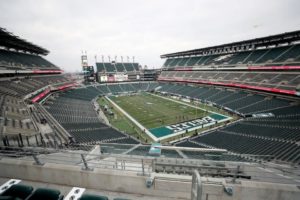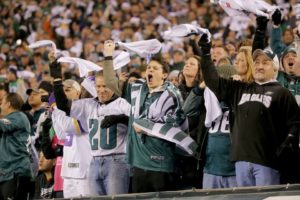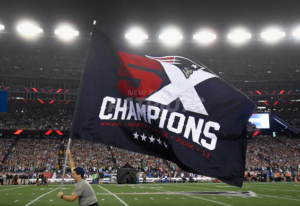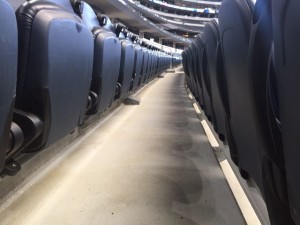Stadium Tech Report is pleased to announce our Winter 2021 issue, with an in-depth profile of the new, groundbreaking distributed antenna system (DAS) recently installed at AT&T Stadium, home of the Dallas Cowboys. With its super-dense deployment of approximately 670 network zones and use of cutting-edge MatSing Lens antennas, the new cellular network is designed to handle the biggest demands from the largest crowds at what is probably the busiest football-sized arena anywhere.
We are also debuting some of our new, expanded areas of content coverage, with an in-depth look at how a converged compute infrastructure can help venues recover leaseable space and reduce operating expenses. Also look for our inaugural “Design Vision” interview, where we talk to Chris Williams, president of WJHW, to get his insights on stadium design and on two of his company’s recent projects, SoFi Stadium and Allegiant Stadium.
Also, please make sure you read my “letter from the editor” at the start of this issue, as it describes the business and strategic changes taking place here at Stadium Tech Report.
We’d like to take a quick moment to thank our sponsors, which for this issue include Corning, Boingo, MatSing, Cox Business/Hospitality Network, Comcast Business, American Tower, CommScope, AmpThink, ExteNet Systems and Ventev. Their generous sponsorship makes it possible for us to offer this content free of charge to our readers. We’d also like to welcome readers from the Inside Towers community, who may have found their way here via our ongoing partnership with the excellent publication Inside Towers.
READ THE REPORT NOW, no email or registration required!
